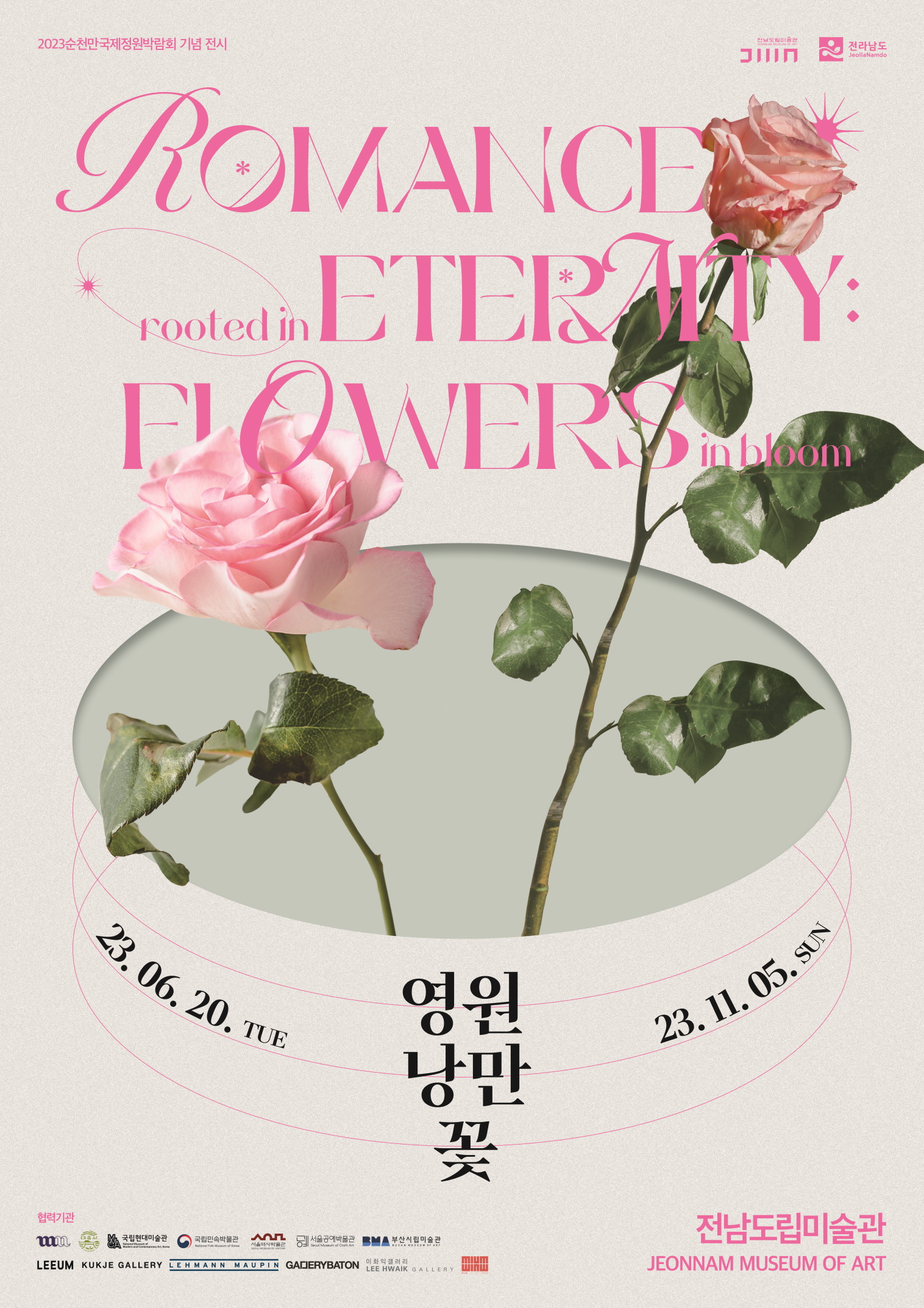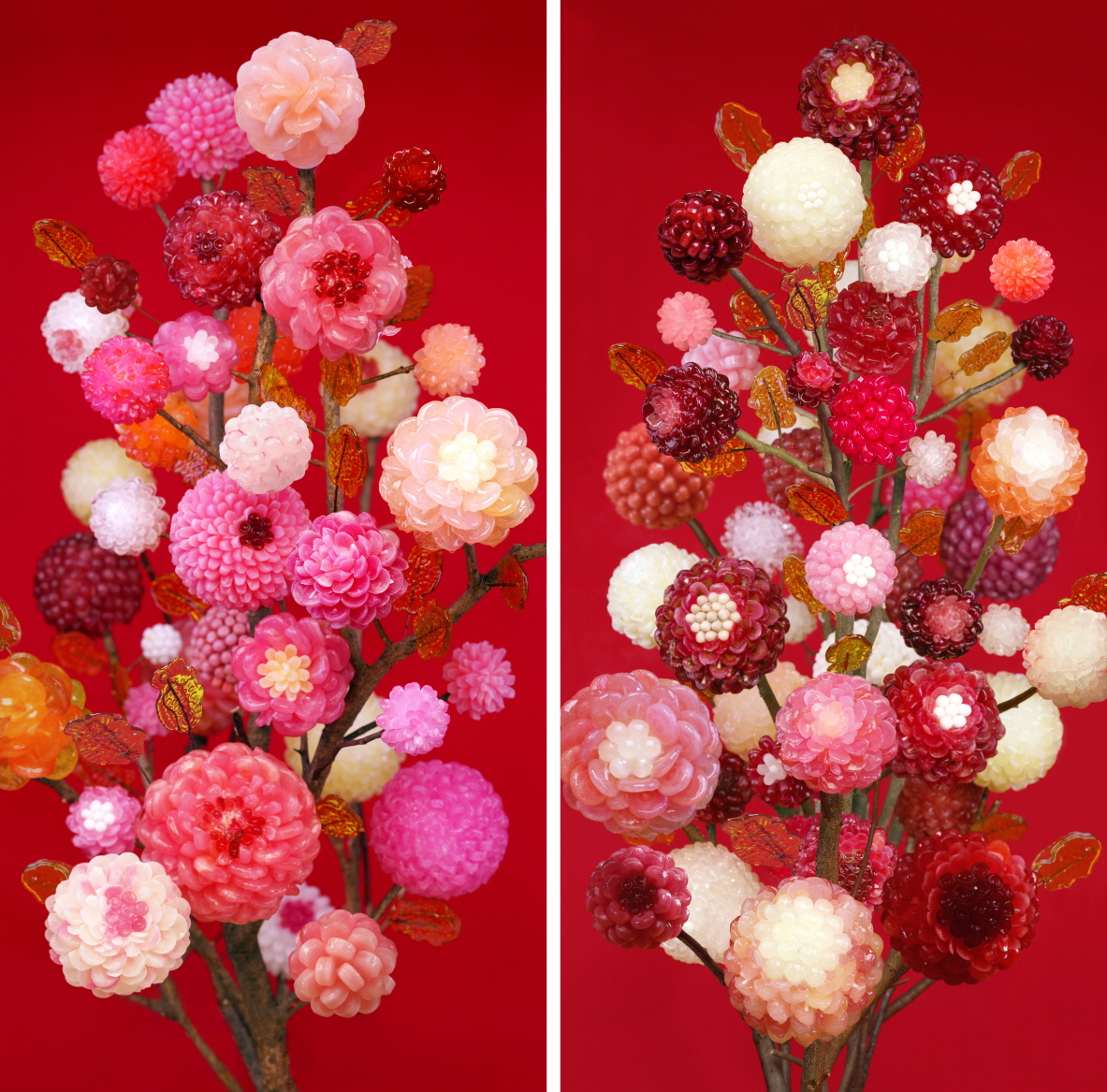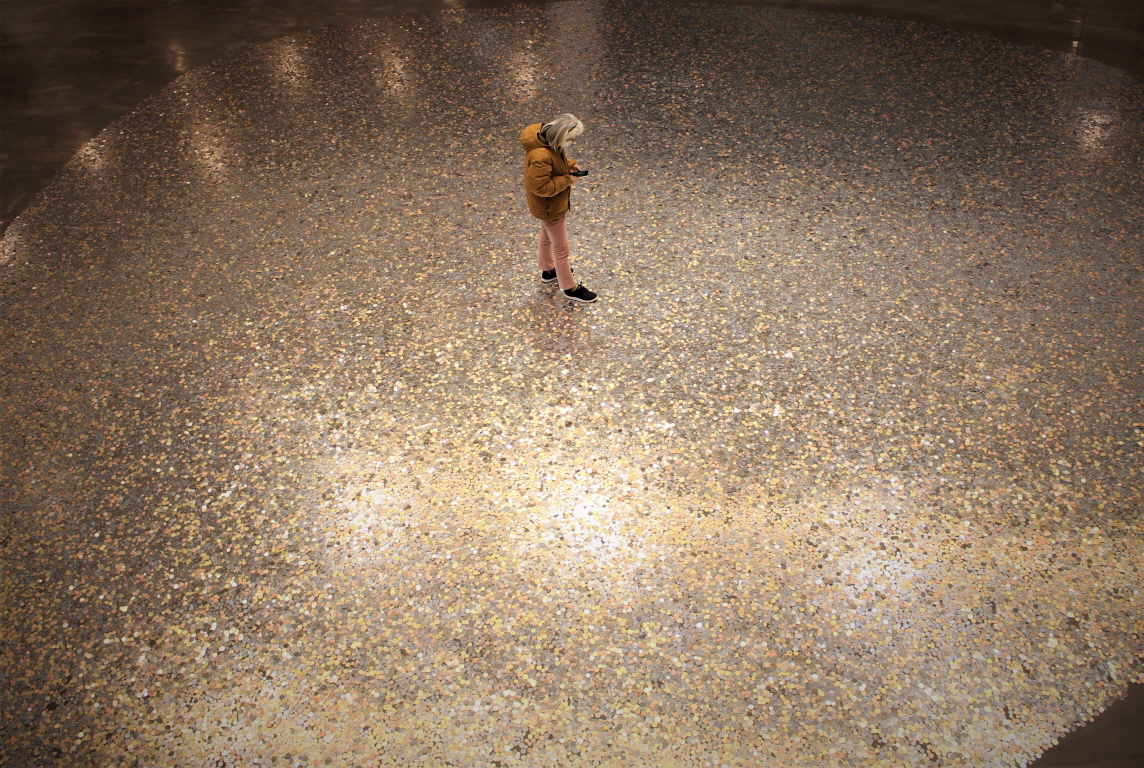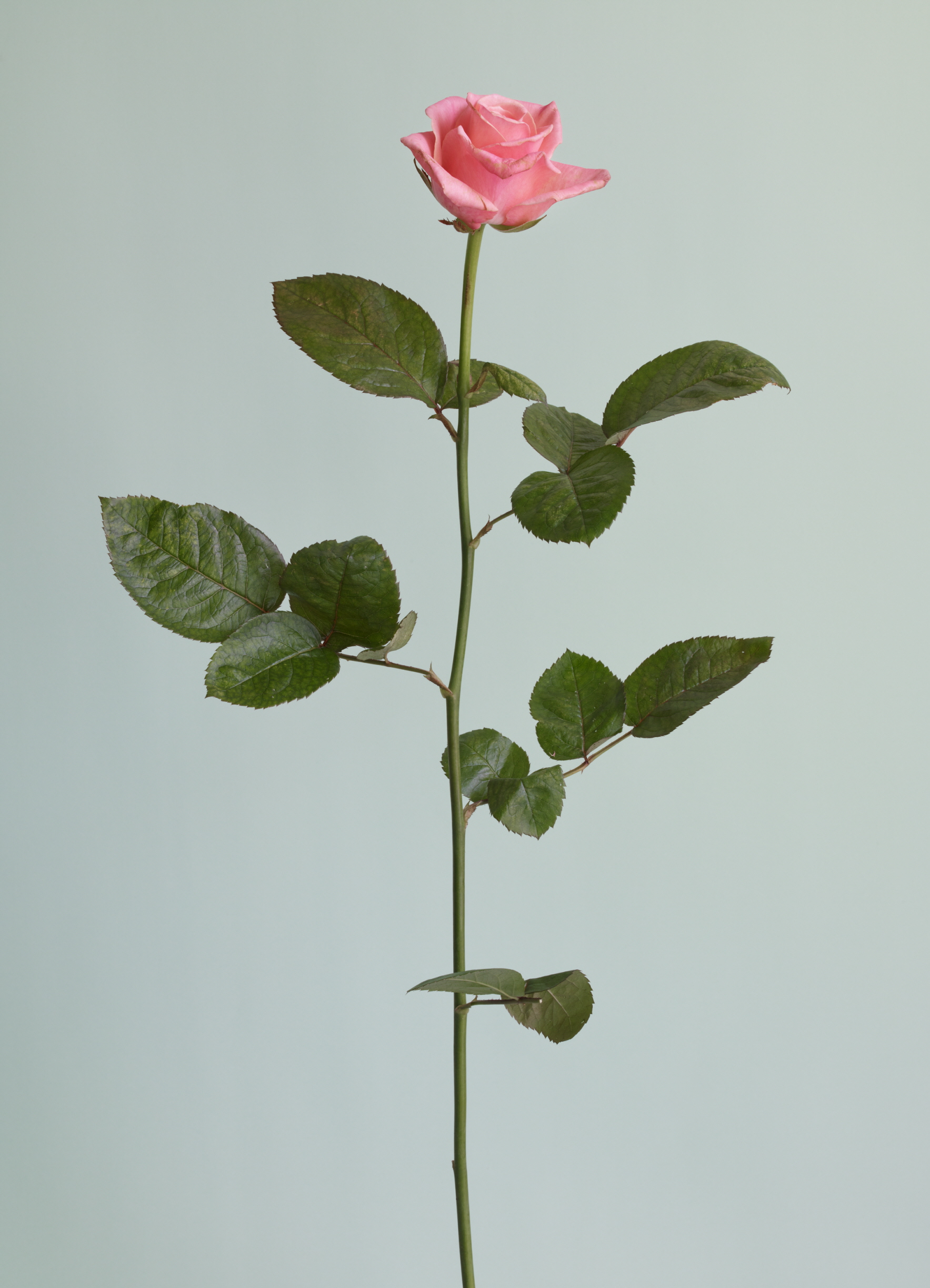Romance Rooted in Eternity: Flowers in Bloom

- Special exhibition
- Date 2023-06-20 ~ 2023-11-05
- Place Jeonnam Museum of Art
- ArtistChun KyungJa, Oh Young Jae, Oh Seung Woo, Heeseung Chung, Song Su Min, Kim Hong Joo, Koo Seong yeon, Kim Sangdon, Han Un Seong, Son Bong Chae, Kang Jong Yeol, Odilon Redon, Gaston Douin, Dom Robert, Charles Le Brun, Paul Seguin-Bertault, Paul Aizpiri, Robert Mapplethorpe, Jennifer Steinkamp, James Rosenquist
- Works70 pieces
- Fee5,000 won
- SponsorJeonnam Museum of Art
Introduction
To mark the hosting of the Suncheonman International Garden Expo 2023, the Jeonnam Museum of Art (JMA) seeks to explore the romanticity embedded within artworks that depict it in the form of flowers. Flowers, which have long symbolized the creation and destruction of life, represent diverse meanings throughout our lives and have been depicted as such in visual arts. Against this backdrop, this exhibition highlights how flowers accompany a person’s life from birth to the grave, striving to turn our attention from romance in its totality as a single broad concept to romance as a concrete and dynamic force in an individual’s life. Put another way, the exhibition is an attempt to recognize the continuing shift of human life without being buried deep under its influence.
Nangman (浪漫), the Korean word for “romance,” is defined in the Korean dictionary as “an ethos where one is not constrained by reality but is faithful to one’s dreams and emotions.” The word consists of the syllable nang (浪), which means “waves,” and the syllable man (漫), which means “idling away.” Indeed, until the Joseon period, the term was used to convey “aimless wandering” or “debauchery.” The word nangman, in its modern sense, first appeared in the Korean lexicon in 1910. On the other hand, romanticism in the West was a reaction against the Enlightenment that had prevailed in the previous era. The Enlightenment valued empiricism and science over the invisible, and equal rights and individual freedom over privilege, sparking a series of subsequent revolutions. Nevertheless, values advocated by an ideological movement cannot remain true and relevant forever. The followers of the Enlightenment insisted that history progresses linearly and were convinced that the world and human life advance without limits both physically and spiritually. However, people were gradually reawakened to an organic worldview that we humans are all connected as well as to an emotional awareness of their inner selves. In this regard, the definition of romance has changed with time. As such, the history of romance suggests that no particular value can endure eternally. In this sense, flowers are not desolate as they sit at the polar opposite of the everlasting and the absolute. And romance lies somewhere in between.
Art has often been deemed incomprehensible despite its intention to mirror human life. That is because, rather than viewing life and society as clearly defined concepts, art makes an impossible attempt to capture the lives of each individual, full of radiance and motion. The present is the only thing that is eternal. This begs the question: how can we capture a fleeting moment and immortalize its meaning, without having the present mortgaged to a future that hasn’t arrived yet? Perhaps, romance does not lie in the continuation of stability and solidity, but in the very anxiety of needing to endure change. We hope that all our visitors living in this desolate age will discover their own version of romance while strolling in our museum’s small garden of variegated flower-themed artworks.
Artist
Works

Koo Seong yeon, Candy Series R.01+02, 2013, 60x120cmx2pcs, lightjet c-print, ed.5/5, Courtesy the artist

Park Kiwon, Diaglogue, 2022, Variable Size, Mixed Media

Charles Le Brun, Spring(Le Printemps), Gobelins Manufactory, weaving before 1670, wool, silk and metalic threads, 3.18x4.63m, Paris, Mobilier National, GMTT67

Eleven-faced Avalokitesvara Bodhisattva, 19th century, 155x76.5cm, color on silk, collection of Daeheungsa Temple, South Jeolla Province Tangible Cultural Heritage No.179

Odilon Redon, Armchair back upholstery cartoon, 1911, oil on canvas, 91x72cm, Paris, Mobilier National, GOB426/4, Paris, National Furniture, GOB426/4

Heeseung chung, untitled #11 Rose is a rose is a rose, 2016, 108x78cm, archival pigment print, edition 5 plus 2 artist's proofs, ⓒHeeseung Chung, Courtesy of the Artist and Gallery Baton